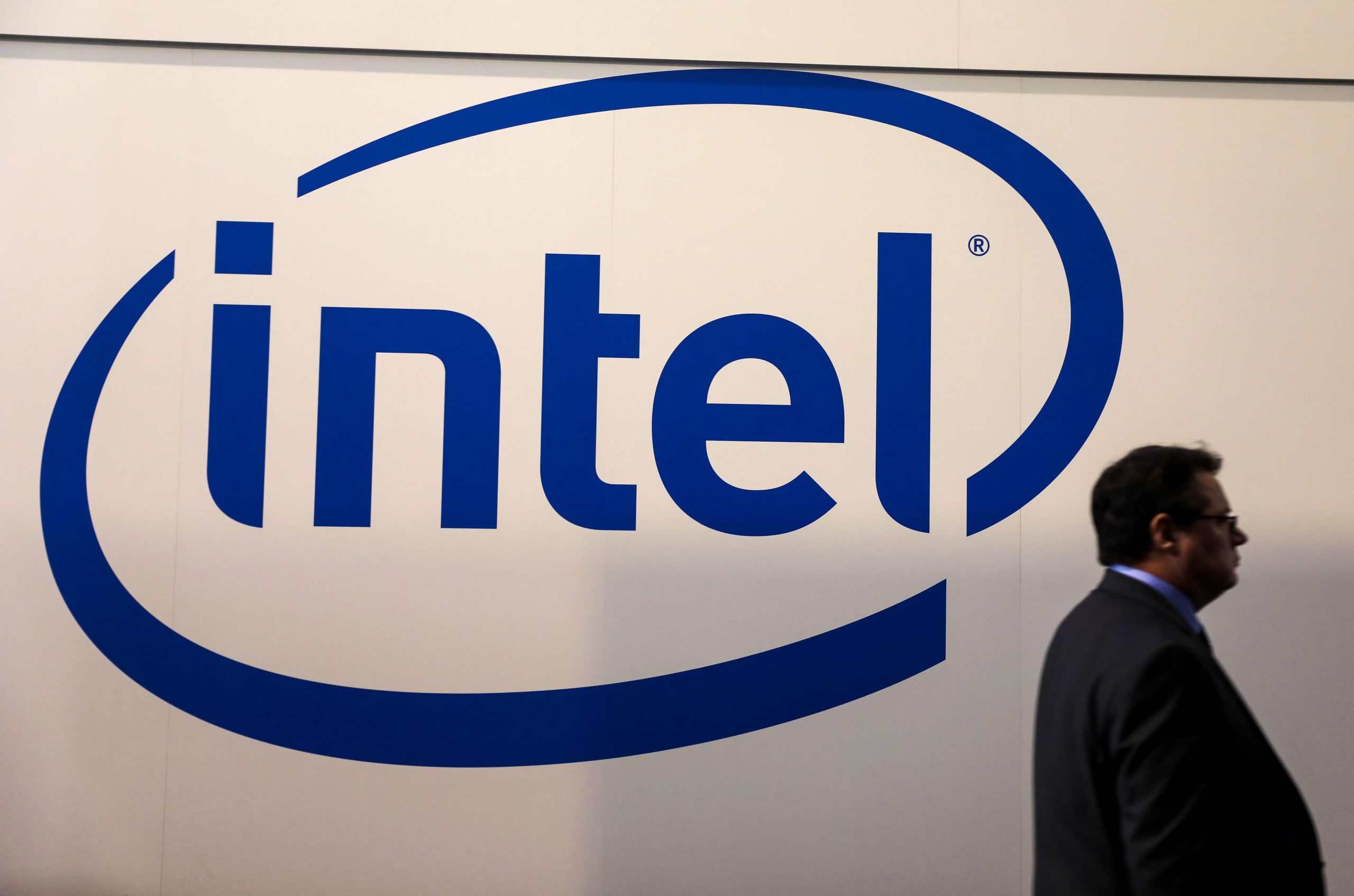Intel Faces Operating Losses and Strategic Shifts in Foundry Business
Intel recently reported a significant increase in operating losses for its manufacturing unit in 2023, reaching $7 billion compared to $5.2 billion in the previous year. This development has prompted the company to take strategic measures to enhance its competitiveness in the market.
Challenges and Responses
- Intel’s operating losses for its manufacturing unit surged to $7 billion in 2023, marking a substantial rise from the previous year.
- Revenue for the unit also experienced a sharp decline of 31%, dropping to $18.9 billion in 2023 from $27.49 billion in the prior year.
- Following the disclosure of these losses, Intel’s shares faced a 4.3% decline, reflecting investor concerns.
- Intel’s CEO, Pat Gelsinger, projected 2024 as the peak year for operating losses in the chip-making business, with a target to break even by around 2027.
- Intel acknowledged past decisions, such as the delay in adopting EUV machines from ASML, as contributing factors to its current challenges.
- To address these issues, Intel is transitioning to EUV tools and aims to enhance competitiveness in price and performance post-transition.
Strategic Investments and Business Transformation
- Intel announced plans to invest $100 billion in building or expanding chip factories in four US states, aiming to close the gap with key competitors like TSMC and Samsung Electronics.
- The company’s turnaround strategy hinges on attracting external partners to leverage its manufacturing services.
- As part of this effort, Intel will report the results of its manufacturing operations as a distinct unit, emphasizing transparency and accountability.
















































